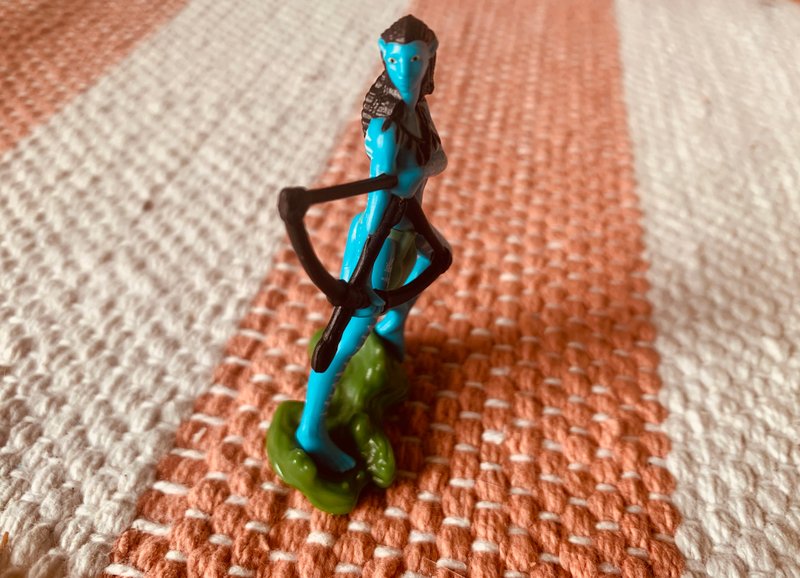Algiz
1 comment
Algiz, Aelgiz, elk, the sound of Z.
Linguistically many relate this rune to an early type of elk, and sometimes the eagle. It is a Y with the center pole extending beyond the V, a shape seen throughout nature in trees and other plants. I make this rune each time I wake and stretch my palms heavenward. Each time I throw my hands into the air and exclaim, “I don’t know. I give up!” Sometimes I need to give up on something in order to remove my ego and willfulness from the situation. Then I relax and become willing to look at the problem a different way. This willingness over willfulness is the essence of this rune in many ways. This is the message of elk.
The Elder Futhark rune ᛉ is conventionally called Algiz or Elhaz, from the Common Germanic word for "elk".
There is wide agreement that this is most likely not the historical name of the rune, but in the absence of any positive evidence of what the historical name may have been, the conventional name is simply based on a reading of the rune name in the Anglo-Saxon rune poem, first suggested by Wilhelm Grimm (Über deutsche Runen, 1821), as eolh or eolug "elk".
Like the ng-rune, the z-rune is a special case inasmuch as it could not have been named acrophonically, since the sound it represents did not occur in word-initial position. Choosing a name that terminates in -z would have been more or less arbitrary, as this was the nominative singular suffix of almost every masculine noun of the language. Since the name eolh, or more accurately eolh-secg "elk-sedge" in the Anglo-Saxon rune poem represents not the rune's original sound value, but rather the sound of Latin x (/ks/), it becomes highly arbitrary to suggest that the original rune should have been named after the elk.
There are a number of speculative suggestions surrounding the history of the rune's name. The difficulty lies in the circumstance that the Younger Futhark rune did not inherit this name at all, but acquired the name of the obsolete Eihwaz rune, as yr. The only independent evidence of the Elder Futhark rune's name would be the name of the corresponding Gothic letter, ezec. The Gothic letter was an adoption of Greek Zeta, and while it did express the /z/ phoneme, this Gothic sound only rarely occurred terminally. Instead, it is found mostly in positions where West and North Germanic have r, e.g. Gothic máiza "greater" (Old Norse meira, English more).
In Native American story telling, the elk was the first of our animal kin to recognize that the humans were hairless and would die in the cold of the coming ice age. The elk sacrificed itself that we might wear its skin and eat its meat and use its every part. Elk was willing to do this for us, and we respected it deeply. We followed the elk herd.
As eagle, Algiz is the messenger of the gods in both Norse mythology and Native American stories. Eagle sits atop Yggdrasil, the world tree. It asks humans to give up on their ego-influenced ways of hearing and perceiving and to listen to the voice of Great Spirit. Eagle connects the sky and earth in a profound way. We must connect in this way too. We must ground ourselves to the Earth but still reach for the stars with arms uplifted, and we must have faith and trust that we will hear the message of the Great Spirit. In this way, Algiz is a prayerful rune.
As with all the runes, the position of Algiz in the Futhark alphabet informs its meaning. It follows the uncertainty of Perth, the luck rune. When we give up our willfulness and take the risk or leap of faith, Algiz is the result. When we willingly follow the path, the Great Spirit whispers to us and we are rewarded by Sowulo, the next rune, the strength of the sun itself.



Comments